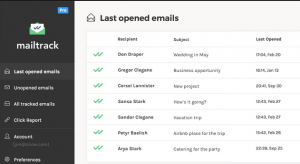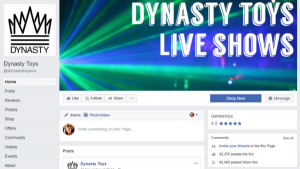While there are clear leaders in software for publishers and agencies, contributor Rob Rasko says marketers still need an end-to-end solution to unify their activities.

A senior-level executive asked me for advice the other day. For the past 15 years, he had worked for a company that sold software to publishers and loved the challenge of helping to invent a new industry.
A senior-level executive asked me for advice the other day. For the past 15 years, he had worked for a company that sold software to publishers and loved the challenge of helping to invent a new industry.
But as the market matured and his company was acquired, and then was acquired again, he realized that the heady days of constant innovation were over. Where should he go to get that same adrenaline rush and make a real impact?
My response was immediate: marketing tech platforms (aka martech).
This isn’t to say that publishers are no longer buying software. Quite the opposite is true. But every component of the publisher ad tech stack, from quote to billing, is dominated by clear market leaders — Salesforce, Google, Domo, Oracle — just to name a few, as is typical in mature markets. If you want to work in a field that’s wide open to new players, the sell-side ecosystem is bound to disappoint, because it’s locked up.
The same is generally true for the agency side, though perhaps a little less so. Every aspect of the agency tech stack has clear market leaders, and innovation and growth are measured in increments, not leaps and bounds.
Why martech is ripe for innovation
Marketers have a wide variety of needs, and in many cases, they have been slower to adopt technology. This presents an open opportunity for software sellers. Granted, some marketers may beg to differ, but, in many cases, the breadth of work that CMOs must deal with has kept them from fully embracing an end-to-end technology solution.
They desperately need a host of tools to help them manage their pipeline funnels, understand their customers’ journeys and optimize their messaging. I’ve heard from more than one advertiser that they wish for a dashboard that allows them to do things like see at a glance who their email campaigns target alongside the sales that directly result from each communication so that they can perfect their targeting and sequencing. While some solutions for that may exist, there are no clear leaders.
Many need a way to understand what consumers think of their products and to log that data in a place and manner that it can easily be accessed and leveraged to enhance their product line and improve their messaging. At present, they’re quite removed from that insight, since many rely on marketplaces and wholesalers to sell their products. As a result, they rely on secondhand accounts or expensive surveys to understand how to make their messaging more friendly to end consumers.
Point solutions still dominate
To be sure, marketers have a number of point solutions to help them automate their marketing. They can use MailChimp, Marketo or Pardot for email campaigns, Salesforce for tracking the number of times each prospect or customer is contacted and even the number of times they made a purchase. But there’s no solution that automatically links those data points to the full range of marketing functions, like messaging and product development.
One glance at the overly dense martech landscape is proof positive that the field is ripe for a market leader to emerge. Nature and markets hate a void, which is why I advised my ambitious friend with a desire to change the world to focus on martech. The opportunity for an end-to-end provider is wide open.
I make no predictions as to which company will ultimately emerge as the dominant player. I just know that eventually, one will and that it will reap tremendous benefits for its efforts.
Opinions expressed in this article are those of the guest author and not necessarily Marketing Land. Staff authors are listed here.
Marketing Land – Internet Marketing News, Strategies & Tips
(88)
Report Post








